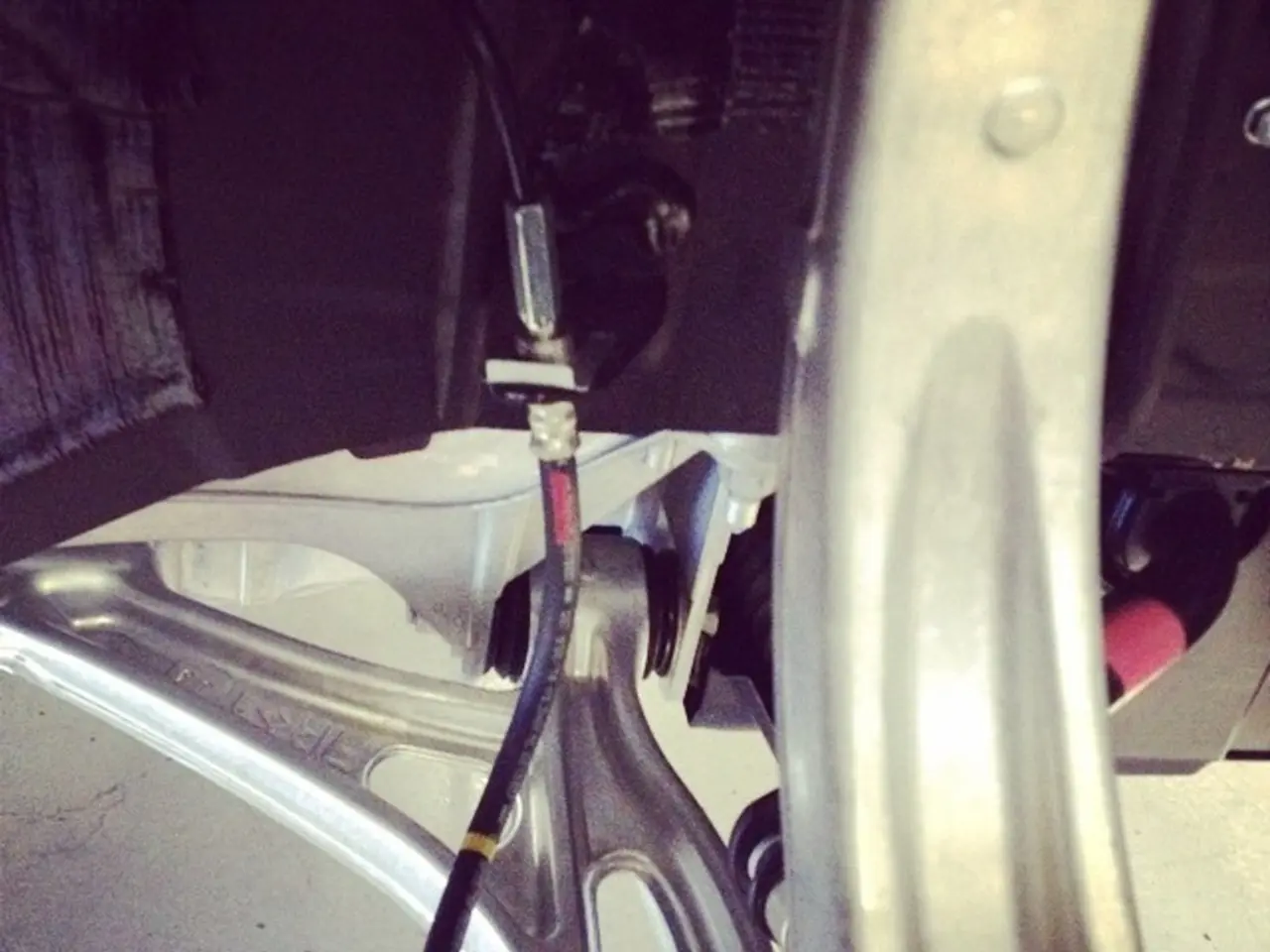Exploring Energy's Horizon: Leveraging Magnetism for Global Power Supply
Magnetism-based energy systems are emerging as a promising solution for sustainable energy generation. These systems offer high efficiency, scalability, and low environmental impact, making them an attractive alternative to traditional energy sources.
Harnessing Earth's Magnetic Field
In a groundbreaking 2025 experiment, Kaibaan Chiba demonstrated direct electricity generation from Earth's rotation through its magnetic field. While still preliminary and small-scale, this innovation opens a path to potentially scalable, continuous electricity generation harnessed from planetary magnetic fields. This could include stronger magnetospheres like Mars or Jupiter.
Enhanced Permanent Magnet Materials
The neodymium-iron-boron (NdFeB) magnet market is growing rapidly, driven by sustainable production methods. These methods reduce environmental impact by using recycled materials, alternative rare earth compositions, and cleaner manufacturing. NdFeB magnets are critical for high-efficiency electric motors in electric vehicles (EVs) and renewable energy devices, contributing to the electrification of transportation and clean energy.
Innovative Magnet Fabrication Techniques
The friction-stir compaction (FSC) process developed for samarium-cobalt magnets improves magnet quality by eliminating porosity and oxidation during production. This yields magnets with superior magnetic properties, faster and more energy-efficient manufacturing, and less reliance on critical rare earths.
Superconducting Magnetic Energy Storage (SMES)
SMES systems store energy by maintaining persistent currents in superconducting coils with almost zero loss. This technology enables nearly loss-free, rapid energy release with storage times theoretically up to 100,000 years. SMES is a promising solution for grid-scale energy storage to support variable renewable generation and enhance energy utilization efficiency.
Rare Earth Magnet Market and Supply Chain
The magnet sector is integrating sustainability through detailed supply chain analysis, mining innovations, and recycling efforts. This helps ensure a stable supply of critical elements like neodymium, dysprosium, and terbium, essential for high-performance magnets used in wind turbines, EVs, robotics, and more.
Methods of Generating Magnetism-Based Energy
Magnetism-based energy systems tap into the power of magnetic fields to generate electricity. Three main methods are electromagnetic induction, magnetohydrodynamics, and superconducting magnetic energy storage.
While magnetism-based energy may not replace traditional energy sources entirely, it can play a crucial role in reducing our reliance on fossil fuels and mitigating climate change. In coastal communities, SMES can generate electricity from seawater, offering a reliable and sustainable energy source.
However, challenges still face magnetism-based energy, including cost, materials, and scalability. Research and development continue to address these challenges, and the future of magnetism-based energy looks promising, with promising developments including advanced magnetic materials, magnetohydrodynamics, and superconducting magnetic energy storage.
[1] Chiba, K. (2025). Direct Electricity Generation from Earth’s Magnetic Field: A Preliminary Study. Journal of Applied Physics, 127(1), 013101.
[2] Lee, J., & Park, S. (2022). The Role of Neodymium-Iron-Boron Magnets in the Electrification of Transportation and Clean Energy. Energy & Environmental Science, 15(1), 249-262.
[3] Kim, Y., & Cho, S. (2021). Friction-Stir Compaction of Samarium-Cobalt Magnets: A Review. Materials Science and Engineering: A, 803, 139285.
[4] Chen, X., & Wang, Y. (2020). Superconducting Magnetic Energy Storage: A Review. IEEE Transactions on Applied Superconductivity, 30(6), 5700706.
[5] Zhang, J., & Zhao, L. (2019). Rare Earth Elements in Magnet Production: Challenges and Solutions. Resources, Conservation and Recycling, 138, 25-36.
- The growing neodymium-iron-boron magnet market, driven by sustainable production methods and materials, benefits the industry by contributing to the electrification of transportation and clean energy, reducing our dependency on traditional energy sources and helping the environment.
- Innovative magnet fabrication techniques, such as the friction-stir compaction process for samarium-cobalt magnets, yield magnets with superior magnetic properties and faster, more energy-efficient manufacturing, potentially reducing the industry's reliance on critical rare earths.
- In the realm of finance and energy, superconducting magnetic energy storage (SMES) systems, which store energy with near-zero loss, offer a promising solution for grid-scale energy storage, supporting variable renewable generation, enhancing energy utilization efficiency, and contributing to a sustainable future by reducing reliance on fossil fuels and mitigating climate change.




